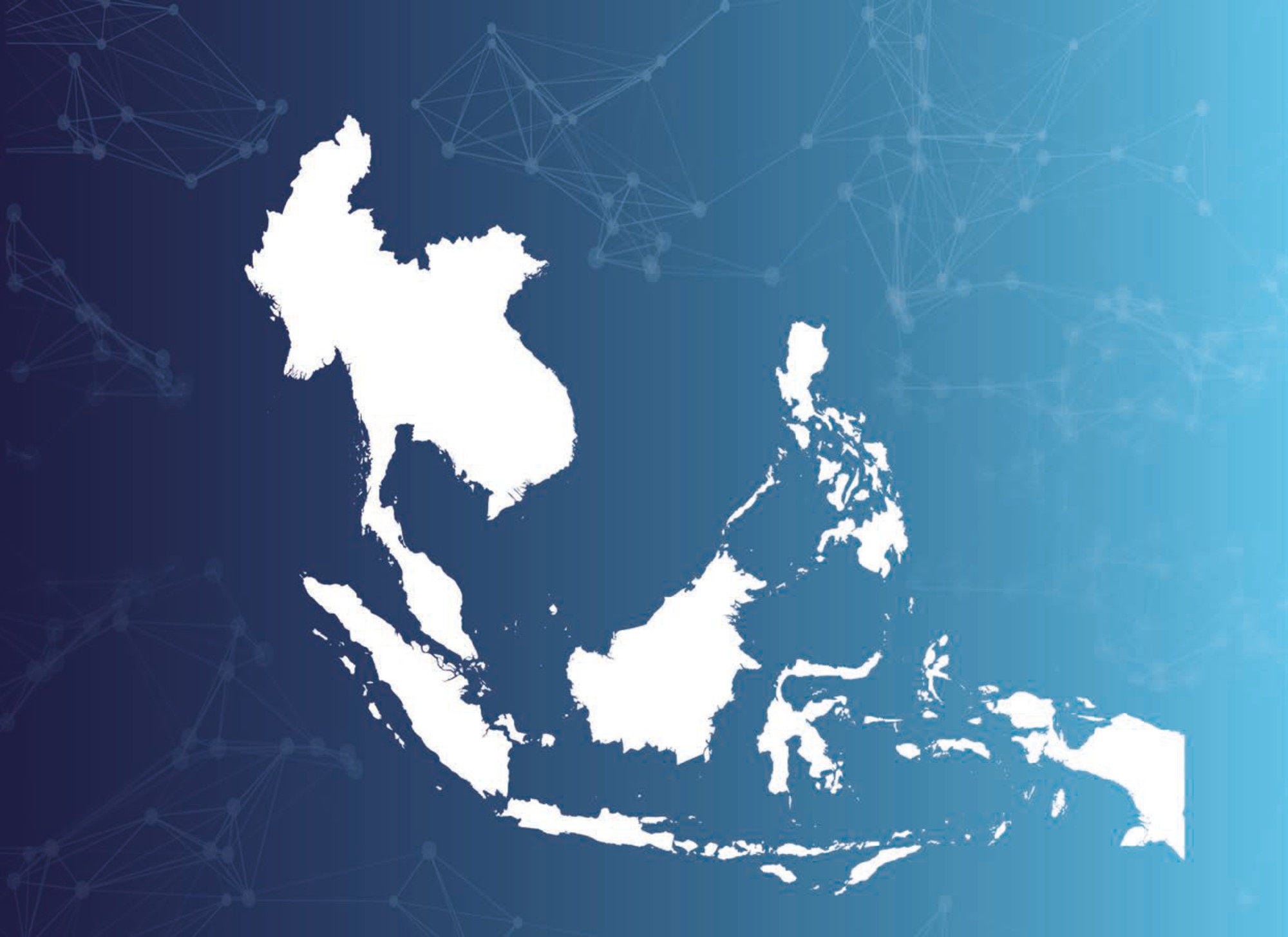Broadband technologies such as fibre and 5G mobile networks which help “future-proof” networks, continue to grow rapidly to meet the increasing demand for high-quality, affordable and ubiquitous connectivity, the latest OECD broadband data reveals.
Across OECD, fibre connections accounted for 42% of all fixed broadband subscriptions by the end of 2023, compared to 38% a year earlier, while 5G comprised 28% of mobile broadband subscriptions, a 9% increase compared to the end of 2022. Since COVID, total fibre connections in OECD countries have surged by 73%, growing from 122 million in December 2019 to 211 million at year-end 2023. The countries with the highest share of fibre connections in total fixed broadband are Korea (89.6%), followed by Iceland (89%), Spain (86%), Lithuania (80%), and Japan (79%). Fibre is crucial to future-proof networks that support digital transformation as it offers symmetrical upload and download speeds, scalability and helps support 5G mobile networks.
Transitioning to future-proof broadband access requires the shutdown of legacy copper networks (e.g. DSL). Across the OECD, the share of DSL subscriptions has decreased significantly in four years, from 33% of total fixed broadband subscriptions in 2019 to 20% by the end of 2023.
OECD member countries in Latin America – notably Chile, Colombia, Costa Rica and Mexico – have accelerated their transition to future-proof networks. Over the past four years, these countries have experienced a 258% increase in fibre connections while legacy DSL subscriptions declined by 66%. OECD Nordic members such as Denmark, Finland, Iceland, Norway and Sweden that initiated this technological shift approximately eight years ago, experienced a growth rate of 36% in fibre and a 77% decline in DSL over the same period (2019-23).
Despite already high penetration rates, mobile broadband subscriptions have also grown, increasing by 19% between 2019 and 2023, reaching 1.86 billion subscriptions by December 2023, up from 1.56 billion four years earlier. Japan and the United States lead in mobile broadband penetration, with 203.5 and 190 subscriptions per 100 inhabitants respectively, followed closely by Estonia and Finland with 176 and 160 subscriptions per 100 inhabitants respectively. This growth is likely due to an increase of 5G deployments across the OECD, which are now present in 37 of 38 OECD countries.
The top end of networks also continues to grow. There is growing demand for high-quality broadband offers across the OECD. In four years, the share of Gigabit (GB) offers has more than tripled, reaching 14% of fixed broadband subscriptions in December 2023, up from 4% at the end of 2019. This is mirrored for mobile data usage, which is on a steady rise in OECD countries: the average monthly data consumption per mobile broadband subscription increased by 20% in just one year, and more than doubled over the past four years (2019-23), climbing from 6 to 13 GB.
Fixed broadband subscriptions are still growing in OECD countries, totaling 496.5 million by December 2023, with an average of 36 subscriptions per 100 inhabitants. This marks an increase of 63 million, or 15% since the end of 2019. France leads in penetration rates with 47 subscriptions per 100 inhabitants, followed closely by Korea (46.6), Switzerland (46.2), and Norway (46).
Fixed wireless access (FWA) is emerging as a connectivity solution in sparsely populated and remote areas due to its lower deployment costs. Although FWA subscriptions account for a modest 5% of the total fixed broadband subscriptions in OECD countries, certain countries had notably high adoption rates by the end of 2023: Czechia at 39%, the Slovak Republic at 23%, New Zealand at 19%, and Estonia at 18%.
Machine-to-machine (M2M) SIM cards are also experiencing again the highest growth rates among all indicators, with a 15% increase in just one year. Sweden and Austria lead in M2M adoption, with 253 and 209 M2M SIM cards per 100 inhabitants, respectively, followed by Iceland (114), the Netherlands (100), and Norway (75). The significant numbers in Sweden and Iceland are largely due to the issuing and registration of M2M SIM cards by national operators for international use.
Download broadband data, charts and maps by country.
For further information, or to discuss these trends further, journalists can contact Alexia González Fanfalone, Head of the OECD’s Connectivity Services and Infrastructures Unit.
Working with over 100 countries, the OECD is a global policy forum that promotes policies to preserve individual liberty and improve the economic and social well-being of people around the world.





